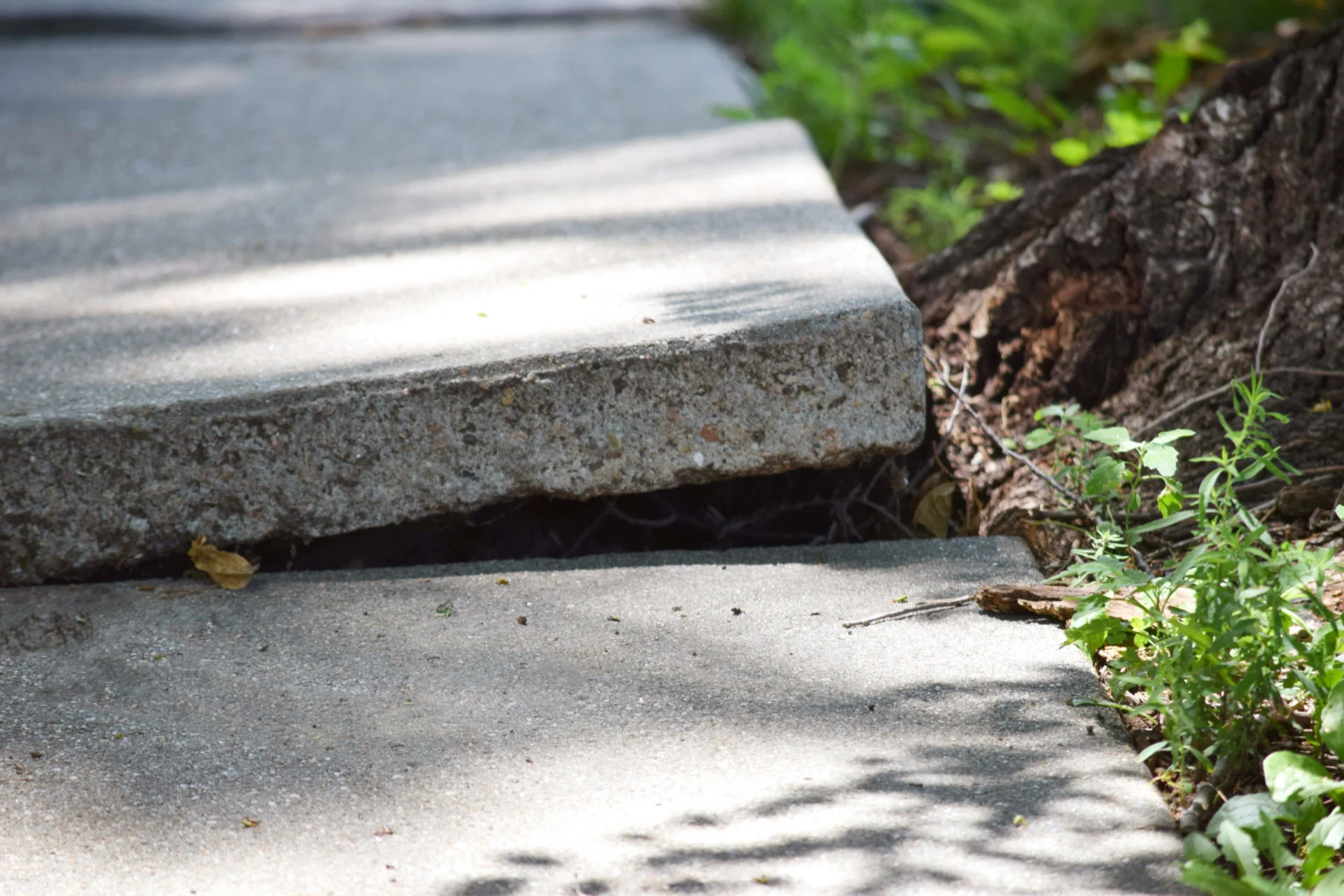
To protect your home from water damage, mold growth, and expensive repairs, basement waterproofing is vital in 2024. Address common causes like poor drainage and cracks in your foundation to keep your basement dry. Inspect, seal cracks with hydraulic cement, apply waterproofing paint, and improve grading for thorough waterproofing. For thorough protection, consider professional services that offer expertise and long-term solutions. Upgrade to smart waterproofing systems and explore eco-friendly solutions to stay ahead.
Key Takeaways
- Prioritize exterior waterproofing for long-term, effective protection.
- Consider interior waterproofing for cost-effective and quick solutions.
- Maintain gutters, downspouts, and sump pump for optimal functionality.
- Address foundation cracks promptly to prevent water infiltration.
- Embrace future trends like smart systems and eco-friendly practices for enhanced waterproofing.
Importance of Basement Waterproofing
Basement waterproofing is essential for safeguarding your home from water damage and mold growth. By taking proactive steps to waterproof your basement, you’re protecting one of the most critical parts of your home’s foundation. Water damage can lead to costly repairs and pose health risks due to mold and mildew growth. Ensuring your basement is waterproofed will provide you with peace of mind and a secure living environment.
Waterproofing your basement helps prevent water from seeping through cracks in the walls or foundation. This can occur due to heavy rainfall, poor drainage, or high water tables. Without proper waterproofing, water can infiltrate your basement, causing structural damage and creating an ideal environment for mold to thrive. Mold not only damages your home but also poses health risks to you and your family.
Additionally, basement waterproofing can increase the overall value of your home. Potential buyers will be more attracted to a home with a dry, secure basement that’s free from water damage and mold issues. Investing in basement waterproofing now can save you money in the long run by preventing costly repairs and preserving the structural integrity of your home. Remember, a dry basement is a healthy basement.
Common Causes of Basement Water Issues
To understand common causes of water issues in basements, consider factors such as poor drainage and heavy rainfall. Critical drainage is a significant culprit for basement water problems. When the soil around your home is unable to properly drain water away, it can seep into your basement through cracks or weak points in the foundation. This is often exacerbated by heavy rainfall, which can overload the soil’s capacity to absorb water, leading to increased pressure against your basement walls.
Another common cause of basement water issues is improper grading around the foundation. If the ground slopes towards your home rather than away from it, water is directed towards the foundation, increasing the risk of leaks and seepage. Additionally, issues with gutter systems can contribute to basement water problems. Clogged or damaged gutters can lead to water overflowing and pooling around the foundation, eventually finding its way into your basement.
Furthermore, cracks in the foundation or basement walls are prime entry points for water. These cracks can develop over time due to the natural settling of the house or more abruptly due to structural issues. It’s vital to address these cracks promptly to prevent water from seeping through and causing damage. By understanding these common causes, you can take proactive steps to prevent basement water issues before they escalate.
Signs of Water Damage in Basements
When inspecting your basement for water damage, lookout for telltale signs that may indicate underlying issues. The presence of water stains on walls or floors is a clear indicator of water seepage. These stains may appear as yellowish-brown patches or streaks and are often a sign of ongoing moisture problems. Another common sign is the musty odor that lingers in damp areas. If you notice a persistent musty smell in your basement, it could be due to mold growth resulting from excess moisture.
Peeling or bubbling paint on walls is also a red flag for water damage. When water infiltrates the walls, it can cause the paint to lose adhesion and peel off. Additionally, efflorescence, a white, chalky residue on basement walls, is a sign of water seeping through the concrete and carrying minerals to the surface. Cracks in the walls or floors shouldn’t be ignored, as they can provide an entry point for water to enter your basement.
Pooling water or puddles on the floor after heavy rains or melting snow suggest poor drainage or leaks. Lastly, if you see rust on metal appliances, furniture, or structural elements in your basement, it indicates prolonged exposure to moisture. Recognizing these signs early can help you address water damage promptly and prevent further issues.
DIY Basement Waterproofing Methods
Inspecting your basement for signs of water damage can prompt you to contemplate DIY basement waterproofing methods for effective protection against moisture intrusion. Before starting any DIY waterproofing project, it’s important to make sure that the basement is clean and dry. Begin by fixing any visible cracks in the walls or floors using hydraulic cement, which expands as it sets to create a tight seal.
Another DIY method is applying waterproofing paint or sealant to the interior walls. These products create a barrier against water penetration and can be easily applied with a brush or roller. Additionally, installing a sump pump can help keep your basement dry by pumping out any excess water that accumulates. Make sure to regularly check and maintain the sump pump to confirm it functions properly when needed.
Improving the grading around your home is another effective DIY waterproofing method. Sloping the soil away from the foundation helps prevent water from pooling around the basement walls. You can also extend downspouts to direct water further away from the house and install gutter guards to prevent clogs that can lead to overflow.
Professional Basement Waterproofing Services
Considering hiring a professional for basement waterproofing services is a wise choice to guarantee thorough and long-lasting protection against moisture intrusion. Professionals bring expertise and specialized tools to make sure your basement stays dry and free from water damage. Here are three key reasons why opting for professional basement waterproofing services is beneficial:
- Expertise:
Waterproofing professionals have the knowledge and experience to assess the specific needs of your basement. They can identify potential problem areas, such as cracks in the foundation or poor drainage systems, and recommend the most effective solutions to address these issues thoroughly.
- Quality Materials and Techniques:
Professional waterproofing services use high-quality materials and cutting-edge techniques to make certain your basement is fully protected against water infiltration. They have access to industry-grade products that are more durable and effective than consumer-grade options available at hardware stores.
- Long-Term Solutions:
Best Waterproofing Products for Basements
For the best protection against moisture in your basement, selecting top-quality waterproofing products is essential. When it comes to keeping your basement dry and free of water damage, investing in high-quality waterproofing products is a smart choice. Here are some of the best waterproofing products available on the market today.
- Waterproofing Sealants: Waterproof sealants are an effective way to protect your basement walls and floors from water intrusion. These sealants create a barrier that prevents water from seeping through porous surfaces.
- Waterproofing Membranes: Waterproof membranes are another popular option for basement waterproofing. These membranes are applied to the exterior of the basement walls and provide a durable waterproof barrier.
- Sump Pumps: Sump pumps are essential for keeping your basement dry. These pumps are designed to remove excess water that accumulates in the sump pit, preventing flooding and water damage.
- French Drains: French drains are a type of drainage system that helps to redirect water away from your basement. By installing French drains around the perimeter of your basement, you can effectively manage water runoff and prevent moisture buildup.
- Epoxy Injection: Epoxy injection is a method used to repair cracks in basement walls. By injecting epoxy into cracks and fissures, you can effectively seal off potential entry points for water.
Exterior Vs. Interior Waterproofing Techniques
When waterproofing your basement, choosing between exterior and interior techniques involves understanding their unique benefits and limitations. Both methods aim to keep moisture out and protect your basement from water damage. Here are some key points to take into account:
- Exterior Waterproofing:
- Effective Barrier: Exterior waterproofing creates a barrier outside your basement walls, preventing water from seeping into the foundation.
- Long-Term Solution: It offers long-term protection as it addresses the problem at its source, reducing the risk of water damage greatly.
- Cost Consideration: While effective, exterior waterproofing can be more expensive due to the labor-intensive process of excavating around the foundation.
- Interior Waterproofing:
- Cost-Effective: Interior waterproofing is generally more budget-friendly as it doesn’t require extensive excavation work.
- Easy Installation: It can be installed quickly without major disruptions to your landscaping or outdoor areas.
- Moisture Management: Interior waterproofing systems focus on managing moisture that has already entered the basement, directing it away from the living space.
Take into account the specific needs of your basement, your budget, and the severity of the moisture issues when deciding between exterior and interior waterproofing techniques. Each method has its advantages, so choose the one that best suits your circumstances to keep your basement dry and protected.
Maintenance Tips for a Dry Basement
To guarantee a dry basement, routinely examine and maintain your waterproofing systems. Start by inspecting your gutters and downspouts to make sure they’re free of debris and directing water away from the foundation. Clogged gutters can lead to overflowing water, which can seep into your basement. Additionally, check for any cracks in the foundation walls or floors and promptly seal them to prevent water infiltration.
Next, test your sump pump by pouring water into the sump pit and confirming that the pump activates and efficiently removes the water. It’s crucial to clean the pump and pit regularly to prevent blockages and malfunctions. Consider installing a battery backup system to guarantee the sump pump continues to work during power outages.
Inspect the exterior of your home for any signs of water pooling near the foundation. Proper grading and landscaping can help divert water away from your basement. Trim any overhanging tree branches to prevent leaves and debris from falling into the gutters and causing blockages.
Lastly, monitor the humidity levels in your basement and use a dehumidifier if necessary to maintain a dry environment. High humidity can lead to condensation and mold growth, compromising the effectiveness of your waterproofing efforts. By following these maintenance tips regularly, you can help ensure a dry and healthy basement for years to come.
Future Trends in Basement Waterproofing
Inspecting emerging technologies can provide insights into the future trends of basement waterproofing. As advancements continue to shape the construction industry, several key trends are expected to revolutionize the way basements are waterproofed in the coming years.
Here are three trends to watch out for:
- Smart Waterproofing Systems: Imagine a system that can proactively detect moisture levels and respond autonomously to keep your basement dry. Smart waterproofing systems equipped with sensors and actuators will likely become more prevalent. These systems can detect leaks or rising water levels, trigger pumps or sealants, and even send real-time alerts to homeowners’ devices, ensuring timely intervention to prevent water damage.
- Environmentally Friendly Solutions: With a growing focus on sustainability, future basement waterproofing trends are likely to prioritize eco-friendly materials and practices. From biodegradable sealants to green roofing technologies that manage rainwater more effectively, the industry is shifting towards solutions that minimize environmental impact without compromising effectiveness.
- Innovative Drainage Systems: Traditional sump pumps and French drains may soon be replaced by more efficient and versatile drainage solutions. Expect to see advancements in interior and exterior drainage systems that are easier to install, require less maintenance, and offer superior protection against flooding and water seepage. These innovative systems will help homeowners safeguard their basements more effectively in the years to come.
Frequently Asked Questions
What Are Some Common Misconceptions About Basement Waterproofing That Homeowners Should Be Aware Of?
When it comes to basement waterproofing, you should know some common misconceptions. Don’t fall for the idea that all leaks are visible or that DIY fixes are always sufficient. Hire professionals for a thorough assessment.
Are There Any Specific Building Materials or Construction Techniques That Can Help Prevent Basement Water Issues in the First Place?
To prevent basement water issues, establish proper grading around your home, utilize quality sealants on foundation cracks, set up a sump pump, and contemplate waterproof membranes during construction. These strategies can help keep your basement dry.
How Can Landscaping and Grading Around the Exterior of a Home Impact Basement Waterproofing?
Proper landscaping and grading around your home can redirect water away from the foundation, preventing basement water issues. Assure the ground slopes away from the house, uphold gutters, and consider using plants with deep roots to absorb excess moisture.
What Are Some Potential Health Risks Associated With Untreated Water Damage in Basements?
Ignoring water damage in your basement can lead to health risks like mold growth, which can trigger allergies and respiratory issues. Addressing water issues promptly is essential to maintain a healthy living environment in your home.
Can Basement Waterproofing Increase the Resale Value of a Home?
Yes, basement waterproofing can greatly enhance the resale value of your home. Potential buyers are drawn to properties with a dry, well-maintained basement as it indicates a structurally sound and protected foundation.
Lifetime Basement Waterproofing Can Help!
Lifetime Basement Waterproofing has been Atlanta’s premier basement waterproofing company for over 30 years. We’re a family-owned and operated company that specializes in basement waterproofing.
Additionally, we provide many other services at an expert level. These include crawlspace encapsulation, exterior foundation waterproofing, foundation crack repair, and drainage strategy for French drains.
You can count on Lifetime Basement Waterproofing for your wet basement repair needs.
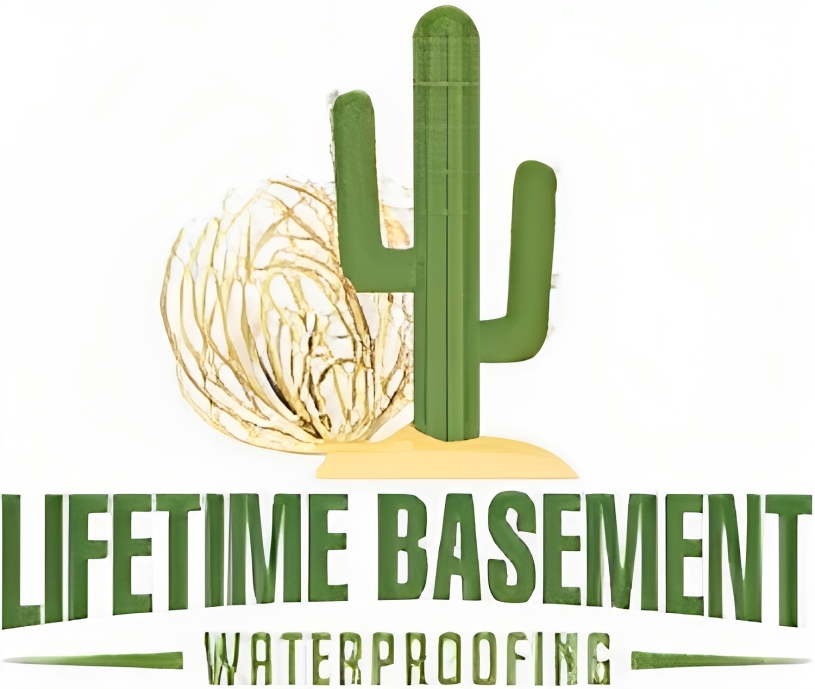
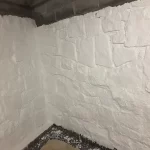
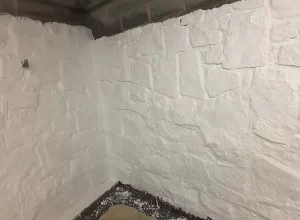
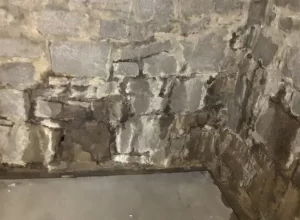
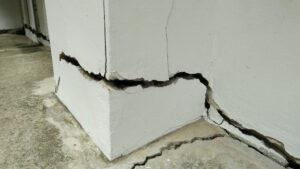
No comment yet, add your voice below!